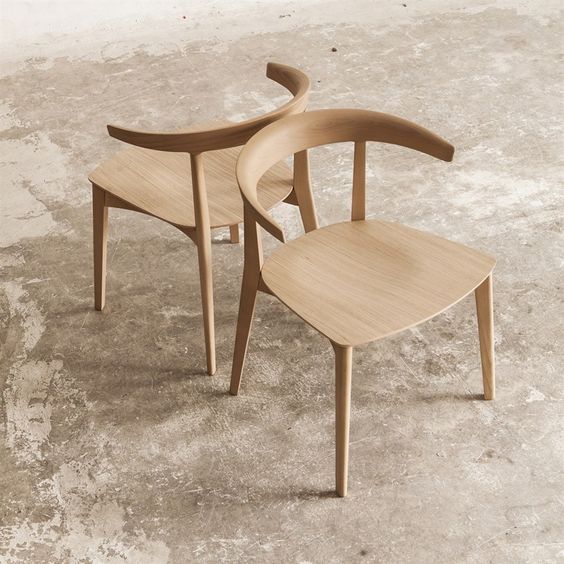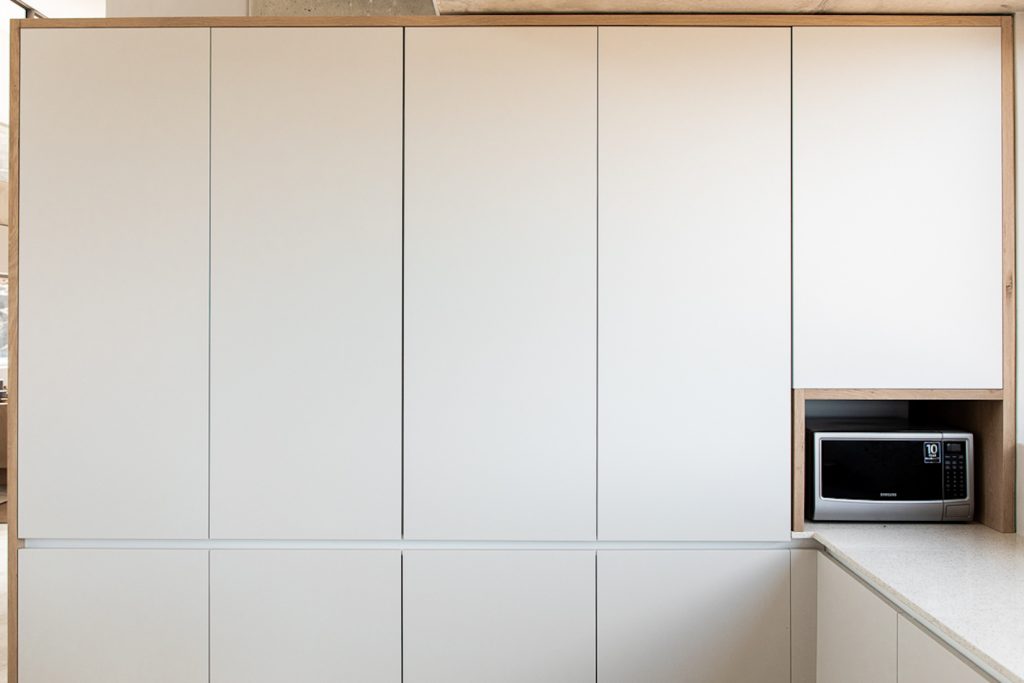Not sure about which wood is best for your upcoming project? Here we have outlined a few of our favourites for different applications.
There is such a wide variety of wood options out there to choose from. Narrowing them down to find the best choice for your project can therefore become confusing and overwhelming. We have outlined a few of our favourite timbers to choose from for a variety of applications.
Which Wood is Best for What:
Furniture
In order to create long-lasting furniture, it is important to consider the structural properties of the wood that is chosen. Timbers such as American Oak lend better to bending and due to its coarse surface, it glues well and absorbs stains that result in a beautiful contrast in the wood texture. American Walnut is another great choice to make furniture as it is incredibly durable and hard while boasting a rich warm colour.

Joinery and Cabinetry
If you decide to go for timber joinery and cabinetry, then your best choice would be durable hardwoods such as American Oak and American Walnut. If you are looking for a choice for a linen cupboard or cabinet for laundry or clothing, a clever choice would be to go for Japanese Cedar as it is not only practical and beautiful but also has a wonderful aroma that can add scent to the items that you’re storing. When looking at joinery it is often necessary to go with an option of veneer over edge, which allows you to achieve the same look as the solid but without the movement and bowing sometimes experienced with the solid wood. Solid wood is often referred to as being alive, as it will always move, especially when exposed to different temperatures and humidities. Read more about veneers in the next paragraph.

Veneers
In the context of woodworking, veneers are thin sheets of wood that are usually glued onto stable substrates. This allows craftsmen to achieve stability while avoiding the warping and movement that occasionally occurs when using solid wood. We’d normally use wood veneers when running doors or panels as they do not have any support to prevent them from bowing as well as for curved surfaces as it’s easier to wrap veneers around a curved surface than to bend wood. The term Veneer over edge comes from running a thin piece of solid material all the way around a board substrate which can vary depending on the application, and then veneering a thin sheet of the wood veneer on each side. This allows the panel or door to be stable and still look as if it was a solid door. It can also then be stained to match the exact same finishes as the rest of the solid timber. It is very often necessary to combine veneer and solid elements to complete joinery projects. The type of wood we normally use for veneers are American Oak, Walnut, Ash and Japanese Cedar.

Paneling and Trims
For wood to be successful in these applications, it is imperative that they are hard-wearing and shock-resistant. This helps them to be able to withstand the knocks and bumps that one would normally expect from general living. American Ash and Walnut is the perfect example of woods that are tough and easy to work with.
